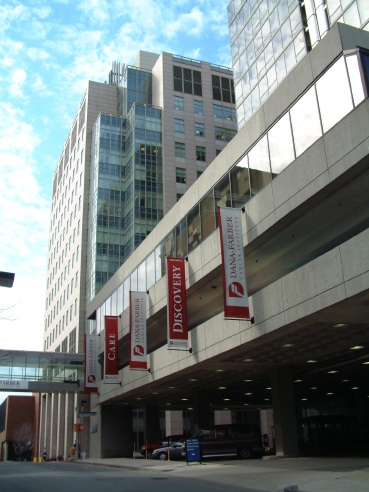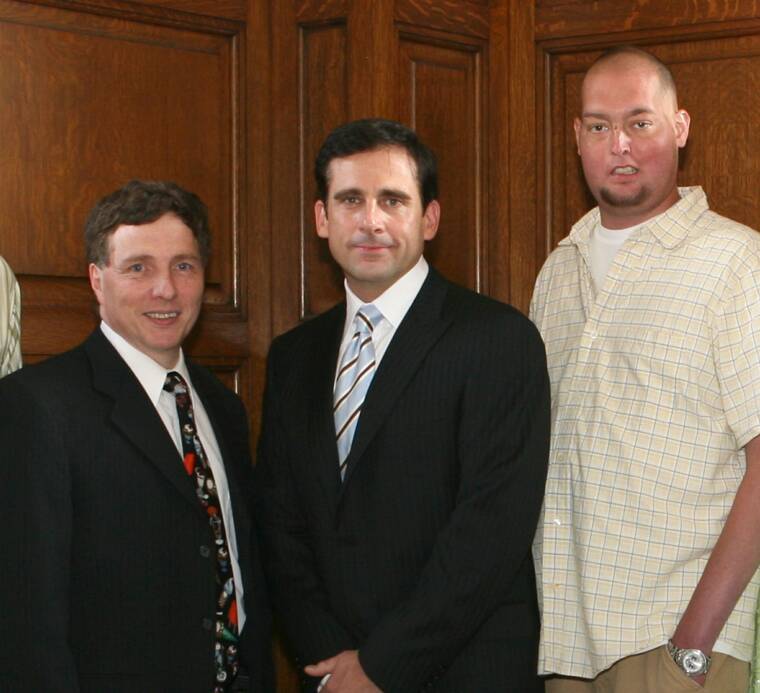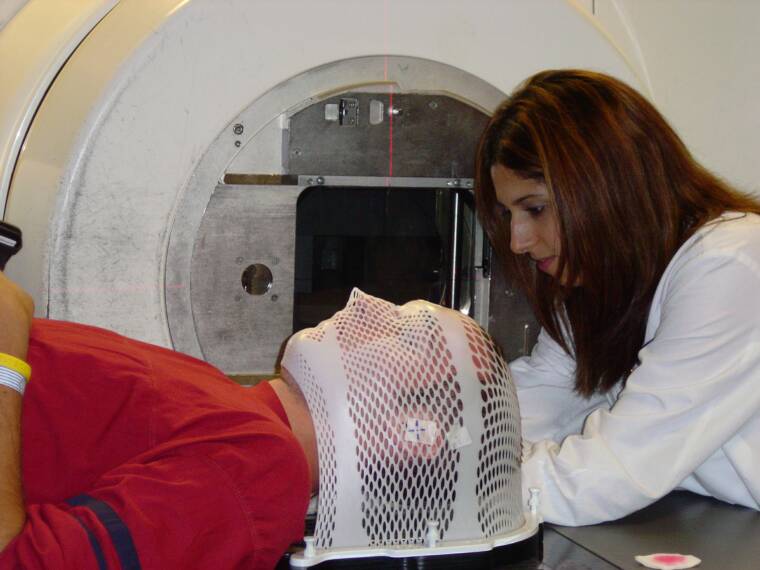Medical Breakthroughs
November 2019
Researchers are now exploring DIPG as a distinct disease entity. As such, DIPG cell lines and animal models have been and continue to be created, which allow them to evaluate disease biology and response to therapeutics. They now know that DIPG is a heterogeneous disease - not all patients have the same biology, although 80% of children with DIPG have mutations in the histone gene. Most, if not all, also have additional mutations. Recent research is exploring these additional mutations to see how they contribute to tumor formation and growth. Research in DIPG is multi-pronged and is “exploding” compared to historical efforts.
A major area of research is targeting and exploiting the histone* and chromatin* abnormalities, and the resulting effects on gene expression and repression. From a clinical perspective, the neuro-oncology community is evaluating whether biopsy is recommended at certain time points in the disease course (upfront for enrollment on certain clinical trials, at progression for evaluation of targets, etc.) and if liquid biopsy (sampling blood and/or spinal fluid) can generate sufficient information about the tumor. They are also exploring re-irradiation, molecularly targeted therapies, and different delivery methods such as convection enhanced delivery.
*Chromatin - the material of which the chromosomes of organisms (other than bacteria) are composed. It consists of protein, RNA, and DNA.
*Histone - any of a group of basic proteins found in chromatin.
For a full update from Dr. Katherine Warren, click here.
August 2016
As we mentioned in earlier posts, Dr. Kieran and his team have identified new mutations, opening the door for new treatments, which they have been evaluating in test tubes and in animal models.
One drug that attacks the ACVR1 mutation (which is found in about 30% of children with DIPG but in no other cancer in either pediatrics or adults) was administered to the first human patient last week, a child with the ACVR1 mutation and DIPG.
It is clearly too soon to know if this new drug will have a significant impact on DIPG tumors, but it is a huge step in the right direction!
March 2016
The exciting news continues!
In the words of Dr. Mark Kieran:
"There has been significant progress. Since the initiation of the up-front biopsy study, we have now determined that DIPG represents at least 3 molecularly different types of tumor, each of which will like require a unique combination of drugs. This discovery is of considerable importance. First, it allows us to work on each type independently, comparing and contrasting their similarities and differences, all of which help us move forward faster. Second, we have already started to identify drugs that target two of these subtypes specifically, which improves our overall chance of success for those particular subtypes."
"We have taken this one step further. Using a new technology developed here within the program, we have identified a method of pre-determining which of the new drugs can actually penetrate the brain and reach the tumor. As surprising as it sounds, this is not usually done and thus many of the clinical trials that have been run over the years used drugs that, in hindsight, could not penetrate the brain. The failure of these drugs may therefore have resulted not from their lack of effectiveness but rather their failure to get to the tumor."
September 2015
Very exciting news!
In the words of Dr. Mark Kieran:
"The progress has been monumental. We have discovered a number of mutations that account for the disease in most patients. Interestingly, some of these were never previously associated with cancer. We are now working on treatment for these targets."
This groundbreaking research would not have been possible without the generous supporters of Zach's Fund. Thank you for your ongoing support! Help us keep this important research going by donating now.
December 12, 2011
Two exciting developments provide new insight into DIPG.
Last year, we reported that Dana-Farber's Dr. Mark Kieran and his colleagues had started working with a team in Paris to analyze a large number of diffuse intrinsic pontine glioma (DIPG) samples obtained at the time of initial diagnosis, the first such analysis in the world. The results have recently been reported and identified a new mutation not previously known to be associated with these tumors. This is of particular significance because this mutation, which had been identified previously in certain adult tumors, is already being targeted in clinic trials and offers the possibility of rapid translation to children with DIPG.
Even more exciting is the news that Dr. Kieran and his team started their groundbreaking research today into the biopsy and treatment of children with DIPG. Ten years in development and three years of regulatory hurdles have finally been resolved, allowing the first of 100 children in the United States to undergo a biopsy at diagnosis. The treatment of these children will depend on the results of their biopsy, meaning that the treatments can be individualized to the particular characteristics of each child’s tumor. Approximately 23 medical centers will participate in this groundbreaking study (see the list of participating centers below). The initial funding provided by Zach's Fund has allowed Dr. Kieran to receive additional grant money of $700,000, for a total of $1.6 million secured to date. We are on our way to the $2 million needed for this study to be fully funded.
In addition to the novel treatment provided by this protocol, this study provides fresh tissue samples required for genome analyses, with a goal of unlocking the mysteries of diffuse intrinsic pontine gliomas. This world renowned medical team believes this study represents the greatest hope of understanding these tumors, a necessary first step in finding a cure for DIPG, the deadliest of all pediatric cancers.
Zach’s Fund is the major funding source in the US dedicated to this groundbreaking research and treatment protocol.
Zach’s Fund has gotten DIPG research moving again. Please make a contribution to keep this leading-edge research advancing to a cure. This is your chance to have a significant impact on the lives of children diagnosed with this deadly cancer. We are moving towards our goal to find a cure … please come with us and donate now.
The participating sites:
- Children's Hospital Boston, Dana-Farber Cancer Institute, Boston, MA
- University of California San Francisco, CA
- Children's Memorial Hospital, Chicago, IL
- Children's Hospital of Los Angeles, Los Angeles, CA
- Children's Hospital at University of Utah, Salt Lake, UT
- Children's Hospital & Regional Medical Center, Seattle, WA
- The Children's Hospital, Denver, CO
- Memorial Sloan-Kettering Cancer Center, New York, NY
- Johns Hopkins Medical Center, Baltimore, MD
- Doernbecher Children's Hospital, Portland, OR
- Washington University Children's Hospital, St. Louis, MO
- University Texas Southwestern, Dallas, TX
- Miami Children's Hospital, Miami, FL
- Children's Health Care of Atlanta, Atlanta, GA
- University of Mississippi, Jackson, MS
- Louisville Children's Hospital, Louisville, KY
- New York University, New York, NY
- Childrens Hospitals and Clinics of Minnesota, Minneapolis, MN
- University of Rochester Children's Hospital, Rochester, NY
- Hershey Medical Center, Hershey, PA
- Cook Children's Health Care System, Fort Worth, TX
- Duke University Medical Center, Durham, NC
- Children's Hospital of Michigan, Detroit, MI
The
Zachary
Carson
Brain Tumor
Fund
Zach gets radiation
Dr. Mark Kieran, Steve Carell and Zach


